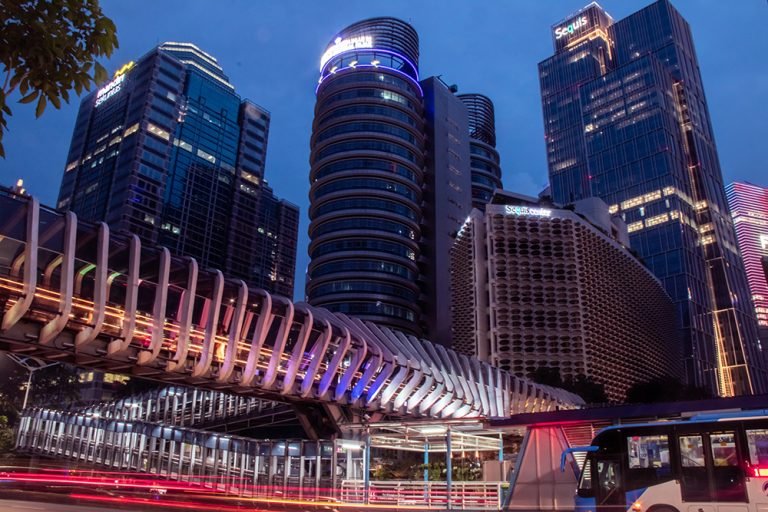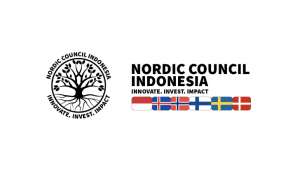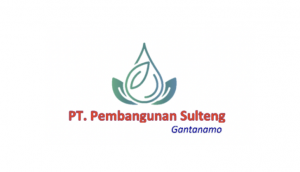The 7-day visa policy, introduced at the start of the year, is already showing promising results in the Riau Islands. With a fee of IDR 250,000, this initiative is designed to attract international tourists to the region.
Within just one week of its implementation, the policy successfully drew 5,800 visitors, highlighting its potential to revitalize tourism in this key Indonesian destination. This development sets a strong foundation for further economic and cultural growth in the Riau Islands.
Initial Impact of the 7-Day Visa Policy
The introduction of the 7-day visa policy has demonstrated its potential to generate significant economic benefits for the Riau Islands. Beyond boosting tourist arrivals, the policy is expected to contribute to foreign exchange earnings, support local small and medium enterprises (SMEs), and create more job opportunities.
Governor of Riau Islands, Ansar Ahmad explained as reported by bisnis.com, “visa policy relaxation is not just about visitor numbers, but also about the broader economic impact felt by the people of the Riau Islands.”
He further explained that the policy enhances the region’s competitiveness as a strategic destination for both tourism and investment. By offering a more affordable 7-day visa option alongside the existing 30-day Visa on Arrival (VoA), the Riau Islands now cater to a wider range of travelers seeking flexibility and affordability.
Challenges Before the 7-Day Visa Policy Implementation
Before the introduction of the 7-day visa policy, the Riau Islands faced several challenges in attracting international tourists. Local governments, particularly in the Riau Islands Province, actively advocated for reducing the cost of the Visa on Arrival (VoA) as a way to revive the economy following the Covid-19 pandemic.
Governor Ansar Ahmad frequently emphasized the need for a more flexible visa option, expressing hope that a 7-day VoA would eventually be implemented. He believed this policy would significantly increase tourist visits to the region.
Previously, the VoA covered a 50-day stay, which was considered impractical for most international tourists. Governor Ansar pointed out that the majority of visitors to the Riau Islands typically stayed for only 3 to 7 days, making the existing visa option less appealing and more expensive than necessary. This situation highlighted the urgent need for a shorter, more affordable visa option to better align with the needs of travelers.
Economic Opportunities and Tourism Growth Ahead
The Riau Islands hold a strategic position as one of the ten major checkpoints in global trade. Located in the Malacca Strait, one of the busiest shipping lanes in the world, the region sees approximately 90,000 ships and 70 million containers pass through annually. This unique location positions the Riau Islands to potentially become Indonesia’s third-largest tourist destination after Bali and Jakarta.
Governor Ansar Ahmad highlighted this potential, explaining how policies like the 7-day visa
enhance the region’s appeal for tourism and investment. He stated, “Within a few months, this policy has already attracted 5,444 international tourists from Singapore.”
Additionally, the government has introduced visa-free entry for permanent residents of Singapore, further boosting the region’s accessibility and attractiveness to travelers.
With these strategic initiatives, the Riau Islands are poised to leverage their geographical advantages and develop into a thriving hub for both economic and tourism growth.
A Bright Future for Riau Islands Tourism
Despite the challenges faced before the implementation of the 7-day visa policy, the Riau Islands are now set to thrive. The policy has not only resolved key issues, such as affordability and practicality for short-term travelers, but it has also opened new avenues for economic and tourism growth.
By capitalizing on its strategic location and innovative visa options, the region is becoming an attractive destination for both tourists and investors. With significant early success and strong leadership from local authorities, the Riau Islands demonstrate how focused policies can drive recovery and development.
As the region continues to build on these foundations, it is well-positioned to secure its place among Indonesia’s top tourist destinations, alongside Bali and Jakarta. The future looks bright for the Riau Islands and their growing tourism sector.
Source: sumatra.bisnis.com, tempo.co
Image: Getty Images

















